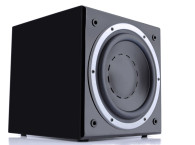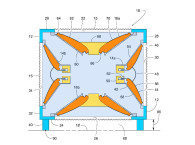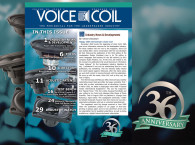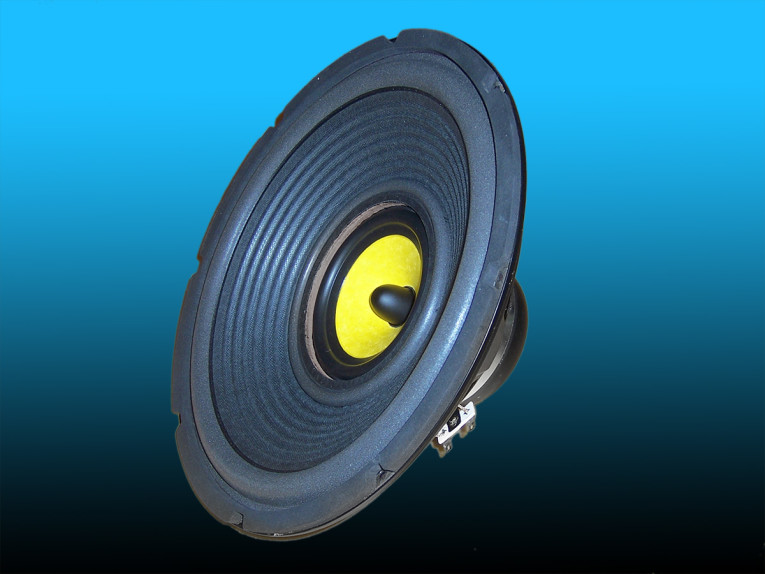
Mikhail Dinaburg, noted physicist and the patent inventor, uncovered some missing elements in previous coax and passive radiator work and set out to prove it. Dinaburg’s patent discloses techniques for higher performance sound reproduction based upon Boyle’s Law. The design techniques enable lower distortion, extended frequency range, higher efficiency, and improved speech intelligibility. The invention has wide applications and scales from an earphone driver to near-field studio monitors, ceiling speakers, and under-couch subwoofers (example below) to the largest concert subwoofers.

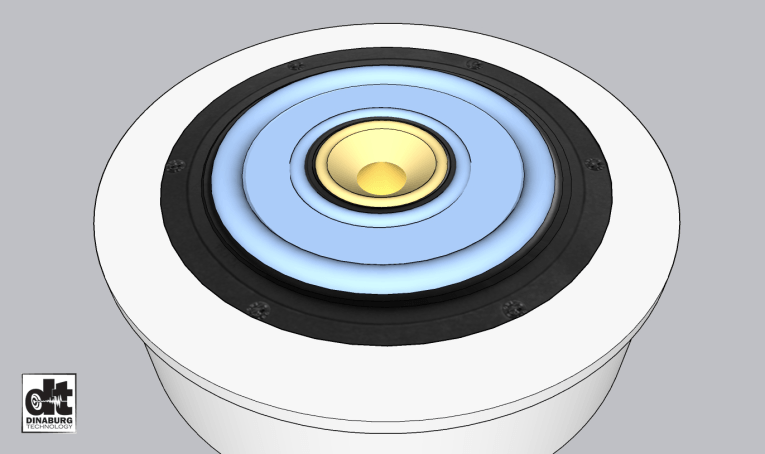
While the Dinaburg analysis takes into consideration factors not commonly considered in electro-acoustic modeling, we can provide some insights with a basic overview. The typical speaker radiates as much sound energy from the rear of the diaphragm as the front. In most loudspeaker systems, the back energy is either dissipated as heat through shearing action of the box stuffing or constructively through a bass reflex port, which is tuned to reinforce the bottom half-octave of the loudspeaker’s response. The inverted phase of the rear radiation within the enclosure becomes in phase with the front radiation through the port. In the Dinaburg technique, a port substitute is used and, in a simplistic characterization, the Dinaburg invention is a passive ring radiator. Essentially an active speaker constructed concentrically with a peripheral passive ring radiator. This ring is compliantly held in place by a surround on both the inner and outer periphery. There are a number of benefits, some not as obvious as others.
Bass reflex, as provided by Thiele-Small simulations and supported by the acceptance of the audio engineering community, confers a combination of reduced active driver cone excursion for a given acoustic output (in the range of the vent or passive radiator turning), higher sensitivity in this range, and/or extended low-end response.
The passive radiator’s diaphragm (compared to a simple vent) blocks mid-range sound energy from within the enclosure. Two related anomalies are minimized from the passive radiator instead of a vent. First, avoiding comb filtering interference that can result with larger vents. And second, with vented systems, as the frequency rises the phase relationship of the vent and the active driver, the composite output phase differential goes from in phase to out of phase resulting in a dip in the mid-bass response. As a result of the passive radiator’s response attenuating this upper bass output, the cancelation is reduced.
The passive ring radiator also provides for tighter constructive coupling to the active speaker (and to the room) compared to an open bass reflex port. From the measured data, it can be seen that the Dinaburg topology (alignment) results in more output than what would be predicted by modeling simulations. Actually, these simulations assume the on-axis response in the range of where the passive ring provides a larger effective radiating area and tighter coupling of the bass to the room. This is in the bottom end response, with the added benefit of avoiding beaming in the midrange that would have resulted from an active speaker of the same overall size as the outer diameter (OD) of the ring radiator.
This out-of-the-box thinking provided the “loop-hole” in the usual design rules, providing for the measurement results being better than the predictions from Thiele-Small box simulations.

An obvious application is mobile audio. AirPods and other “leaky” earphones, because of the front vent, lose significant bass output thereby requiring higher volume velocity (excursion x piston area). Practical earphone drivers for these designs are typically 10mm to 12mm in diameter, and top-end response suffers. A Dinaburg earphone driver of 8mm in a 12mm frame with passive ring radiator can deliver comparable low-end volume velocity of 10mm to 12mm drivers, yet maintain the response of an 8mm driver. Preliminary work indicated exceptional performance in active noise cancellation (ANC) applications.
Prototyping of 40mm active drivers in a 50mm diameter frame enables the low-end acoustic output of a 50mm driver with the smooth mid and top-end response retained of the 40mm active driver. This would immediately be an advantage in gaming headphones.
For Bluetooth and similar battery devices, the test date indicates higher sensitivity (an area to be discussed in more detail in future articles) and of course this has implications for battery operation time.
An immediate and easier to implement opportunity are installation speakers. A standard 8” driver ceiling speaker “high-hat” housing can hold a 4” active driver and passive ring radiator with superior bass response, extended top-end, but also the wider coverage. Yet, retaining pattern control throughout the voice range enables wider spacing of the speakers in the ceiling reducing both equipment costs as well as faster system installation. Additionally, by the composite frame for the active drive and passive ring without housing windows, a self-contained module is achieved.
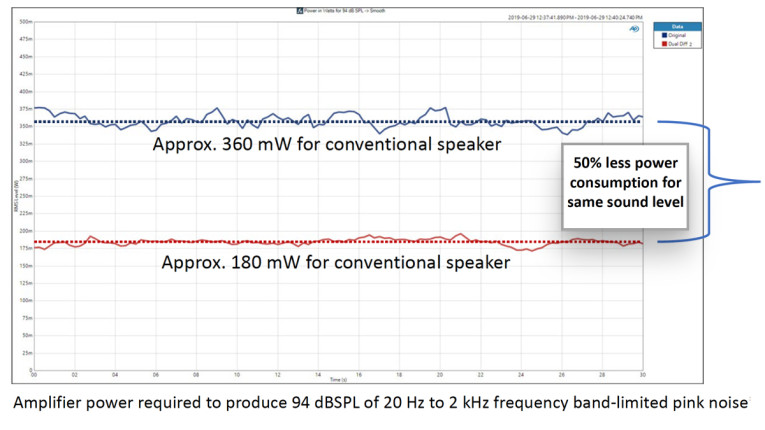
The same applies to soundbars, which have dominated the audio-video market as they have the ideal form-factor to fit flat screen televisions – except for the bulky subwoofer. Design teams have wished for a practical under-couch subwoofer. A Dinaburg 8” flat diaphragm active subwoofer in a 10” frame with an integrated ring radiator is the same depth of a shallow 8” woofer. With an enclosure height of about 3” with the driver/ring passive facing upward, the impact is immersive as the couch will provide both the bass and a strong tactile component.
Dinaburg Technology is currently focused on inviting collaboration with brands to offer its design innovations and technical support for a wide range of applications. If you need advance insights, send me a message.
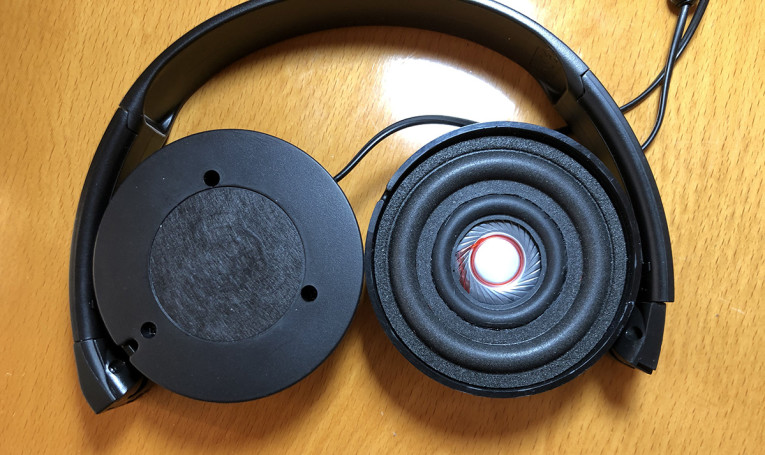
This article was originally published in The Audio Voice newsletter, June 10, 2021 (#331)



